Vintage chess sets have an enduring popularity that transcends generations, appealing to both seasoned collectors and casual enthusiasts. Their intricate designs, historical significance, and sheer craftsmanship make these chess sets more than just game pieces; they are artifacts that tell stories of the cultural and aesthetic evolution of a timeless game. Understanding the history and design evolution of vintage chess sets not only deepens one's appreciation for the artistry involved but also enriches the overall chess-playing experience.
The History Behind Popular Vintage Chess Set Designs
The History Behind Popular Vintage Chess Set Designs
Introduction
Long before chess became a widely recognized and loved game, it has fascinated people from different corners of the world. The intricate designs and history behind vintage chess sets have captivated collectors and enthusiasts alike. Many of these sets are valued not just for their gameplay, but also as pieces of art and history. Understanding the history and design evolution of these sets can deepen our appreciation for their craftsmanship and cultural significance.
The timeless appeal of vintage chess sets lies in their antique value and the stories they carry. To truly appreciate these chess sets, one must consider their historical context and the evolution of their designs over the centuries. Each era has imparted its unique touch to the game, crafting sets that are both functional and beautiful. From the elegant simplicity of medieval sets to the ornate grandeur of Renaissance and Baroque designs, vintage chess sets offer a fascinating glimpse into the past.
Vintage chess setsOrigin and Evolution of Vintage Chess Set Designs
Chess, as a form of strategy and intellect, boasts an extensive history that dates back thousands of years. Understanding the early beginnings and the transformation of chess set designs through various historical eras allows us to appreciate their cultural significance and artistic value. Early designs lay the foundation for the intricate and beautiful vintage sets that collectors treasure today.
Early Beginnings: The Origins of Chess and Its Spread Across Different Cultures
The origins of chess are often traced back to Northern India during the Gupta Empire around the 6th century AD. Originally known as Chaturanga, the game had four distinct divisions of the military: infantry, cavalry, elephants, and chariotry, which inspired the game's early pieces. The game spread to Persia, becoming Shatranj, and then moved across the Islamic world, where it was embraced and introduced to Europe via trade routes and conquests.
As chess spread to new territories, it adapted to local cultures, incorporating region-specific artistic flair and materials. In the early stages, the designs of the pieces were quite simplistic—a reflection of the utilitarian purposes they served in teaching military strategies. With each new culture, the aesthetics evolved, leading to a myriad of vintage designs that reflect the diverse influences.
Notable Historical Eras and Their Influence on Chess Set Designs: Medieval, Renaissance, and Baroque Periods
The Medieval period saw the game of chess becoming particularly popular in European courts. This era influenced chess set designs significantly, with pieces often being crafted from wood, bone, and ivory. The designs took on more anthropomorphic forms, reflecting the feudal society—knights, kings, and queens were portrayed with greater detail and flair.
During the Renaissance, the influence of the period’s artistic resurgence became evident in chess sets. The pieces from this era often showcased intricate details and elegant proportions, mirroring the time's artistic ideals and advancements in craftsmanship. Materials such as marble, gilt, and exotic woods became more common, adding a sense of grandeur to the game.
The Baroque period brought a sense of dramatic flair and opulence to chess set designs. This era's sets were known for their elaborate and ornate detailing. Chess artisans from this era emphasized visual grandeur, using luxurious materials like gold leaf, precious stones, and fine woods. The pieces often featured elaborate carvings depicting mythological and regal figures, making each set a standalone work of art.
Key Design Elements and Materials Used Over the Centuries
Throughout the history of chess, certain key design elements and materials have defined the vintage sets that collectors and enthusiasts cherish today. Early designs focused on functionality and simplicity; however, as the game’s prestige grew, so did the intricacy and luxury of the materials used.
Medieval chess sets commonly featured simpler designs made from wood or bone. The pieces in these earlier sets were often abstract, with the bishop, for instance, depicted as a cap or mitre. The move towards anthropomorphic depictions in the later medieval period added a recognizable identity to each piece.
During the Renaissance, chess pieces started to embody the artistic renaissance of the time. Artisans used materials such as ivory and ebony, enhancing not just the look but also the tactile feel of the pieces. The craftsmanship became more sophisticated, with knight pieces being carved to resemble the noble steeds of chivalric tales.
The Baroque period further expanded on the use of luxury materials. Chess sets from this era often incorporated gold, silver, and inlaid materials. The designs were heavily influenced by the grandeur of the Baroque aesthetic—exaggerated motion, intricate detailing, and dramatic effects were common features.
In summary, the origin and evolution of vintage chess set designs are a testament to the game's journey through different cultures and epochs. Each era left its indelible mark on the aesthetic and material composition of chess sets, from the minimalist and practical designs of the early centuries to the lavish and finely detailed creations of the Baroque period. Collectors and chess enthusiasts can trace this rich history through the evolution of the sets, each piece representing a snapshot of the time and culture from which it emerged.
Vintage chess setsIconic Vintage Chess Sets
Staunton Chess Sets
The Staunton chess set is the standard for tournament play and has become synonymous with chess itself. Its history dates back to 1849 when it was designed by Nathaniel Cook and named after the English chess master Howard Staunton. The design was revolutionary, emphasizing practicality and ease of recognition, which was a significant departure from the ornate and cumbersome sets previously in use. Distinctive features of Staunton sets include the easily recognizable knight modeled after a horse’s head, the crown and cross finials on the king, and the mitre-shaped bishop. Made typically from boxwood and ebony, these sets blend elegance with durability, ensuring their continued popularity among chess enthusiasts.
Lewis Chessmen
The Lewis Chessmen are among the most famous and historically significant sets, discovered in 1831 on the Isle of Lewis in Scotland. These pieces, likely crafted in the 12th century, are believed to have originated from Norway, highlighting the medieval connection between Northern Europe and the British Isles. The pieces are intricately carved from walrus ivory and whale teeth, featuring figural designs that resemble human forms. The rooks, represented as stern warriors, and the bishops, depicted in meditative postures, provide a vivid glimpse into medieval life and artistry. Their unique and whimsical designs contribute to their timeless appeal and historical value.
Soviet Era Chess Sets
The chess sets produced during the Soviet era reflect a unique blend of Russian culture and political ideology. Spanning from the early 20th century to the dissolution of the Soviet Union in 1991, these designs often featured utilitarian yet stylized pieces that were both affordable and functional. The themes ranged from traditional Russian folklore to representations of Soviet icons and symbols. The Soviet series sets, particularly those made for international competitions, are renowned for their craftsmanship. Ebonized and natural boxwood were common materials, with simple yet elegant designs that emphasized the proletarian ethos of the era. The influence of Soviet politics is also evident, with certain sets featuring pieces styled to reflect peasant soldiers and workers, symbolizing the state's ideals.
Other Notable Vintage Designs
Beyond the Staunton, Lewis Chessmen, and Soviet sets, numerous other vintage designs have carved out niches in the world of chess collecting. For instance, Jaques of London chess sets are highly prized. As one of the oldest manufacturers in the world, Jaques of London has produced remarkable chess sets since the mid-19th century. Their pieces often mirror the classic Staunton design but with unparalleled craftsmanship and material quality, making them a coveted item for collectors.
Indian ivory chess sets are another category cherished by antique seekers. These sets, often hailing from the Mughal period or crafted by skilled artisans in places like Vishakhapatnam, feature intricate carvings and are made from materials like sandalwood and ivory. The high level of detail, typically depicting local mythology and folklore, adds cultural and artistic value to these pieces.
Furthermore, Barleycorn chess sets, which emerged in the early 19th century in Britain, are known for their unique and elaborate carvings on ivory or bone. The sets often depict elaborate scenes and characters, marking a departure from the standard chess piece forms and adding a layer of storytelling to the game.
Lastly, Gothic and Renaissance-inspired chess sets showcase the splendor of these artistic periods, characterized by ornate and elaborate designs. Pieces from these sets often resemble miniature sculptures, with detailed imagery that reflects the grandeur and opulence of Gothic cathedrals or Renaissance art.
The diverse array of vintage chess set designs not only underscores the rich history and cultural significance of the game but also highlights the artistic expressions and craftsmanship that span across different periods and regions. Each set tells a unique story, offering a tangible connection to the past and a testament to the enduring legacy of chess.
Vintage chess setsCollecting and Valuing Vintage Chess Sets
Tips for Identifying Authentic Vintage Chess Sets
When embarking on the journey of collecting vintage chess sets, the first challenge is to distinguish authentic pieces from replicas. Key indicators of authenticity include material quality, craftsmanship, and historical details.- Material Quality: Authentic vintage chess sets often utilize materials that were popular in their respective eras. Look for chessmen carved from high-quality woods like ebony or rosewood, as well as ivory, bone, and stone.
- Craftsmanship: Vintage sets display exceptional craftsmanship. Hand-carved pieces will reveal unique, intricate details not present in mass-produced sets. Check for even weight distribution and balanced proportions.
- Patina and Wear: Genuine chess sets show natural aging signs. Examine the patina on wooden pieces or slight discoloration on ivory, which develop over decades.
Factors That Determine the Value of Vintage Chess Sets
Several factors contribute to the valuation of vintage chess sets, making certain sets particularly coveted among collectors.- Rarity: The rarity of a chess set significantly impacts its value. Limited production runs, specific historical periods, or sets owned by notable figures can make a set highly prized.
- Condition: The state of preservation is crucial. Sets in excellent condition, without repairs or significant wear, fetch higher prices. Even rare sets lose value if pieces are missing or heavily damaged.
- Craftsmanship: Sets reflecting high levels of artistry and skill are more valuable. Hand-carved and intricately detailed pieces demonstrate superior craftsmanship.
- Provenance: The history and origin of a set add to its allure. Documentation or ownership by historical figures enhances value. Sets with an authenticated history are particularly attractive to collectors and historians alike.
Where to Find and Purchase Vintage Chess Sets
Prospective collectors can explore various avenues to discover and acquire vintage chess sets. Each source offers unique opportunities and potential risks.- Auctions: Prestigious auction houses frequently feature vintage chess sets. Sotheby's and Christie's often handle high-profile, authenticated sets. Auctions offer the chance to secure rare pieces but can be competitive and pricey.
- Antique Shops: Specialized antique dealers may have exceptional sets with a rich history. Building a relationship with knowledgeable dealers can yield expert advice and access to exclusive pieces.
- Online Platforms: Websites like eBay, Etsy, and specialized collectors' forums can provide a wide range of options. Look for sellers with solid reputations and positive reviews. Ensure due diligence regarding authenticity and condition before purchase.
Maintaining and Preserving a Vintage Chess Set
Proper care and maintenance are essential to preserving the value and beauty of vintage chess sets. Follow these best practices to ensure your collection remains in pristine condition.- Cleaning: Gently clean pieces with a soft, dry cloth. Avoid using harsh chemicals or excessive moisture, which can damage delicate materials. For tougher dirt, a slightly damp cloth can be utilized sparingly.
- Storage: Store your chess set in a cool, dry place to prevent warping, cracking, or discoloration. Humidity control is crucial, as fluctuations can damage wooden pieces. Use acid-free storage boxes or display cases with UV protection to shield from light damage.
- Handling: Handle pieces with clean, dry hands to avoid transferring oils and dirt. Consider using gloves when manipulating highly valuable or delicate pieces. Always lift pieces rather than dragging them across surfaces to prevent wear and abrasion.
By following these guidelines, collectors can ensure that their vintage chess sets not only retain their value but also continue to serve as a testament to the rich history and artistic legacy of chess. In exploring the history behind popular vintage chess set designs, we embarked on a journey through time, appreciating the rich tapestry of cultural and artistic influences that have shaped these iconic pieces. From the early beginnings of chess in ancient India to its widespread adoption and evolution through medieval Europe and beyond, each era has left an indelible mark on the aesthetic and functional design of chess sets. The medieval, Renaissance, and Baroque periods were particularly transformative, introducing intricate craftsmanship and diverse materials that reflected the artistic sensibilities of the times.
The evolution of design elements, such as the distinctive Staunton sets, which became the standard for competitive play, and the enchanting Lewis Chessmen, with their enigmatic expressions and historic narratives, underscore the blending of art, history, and functionality in chess set design. Vintage chess sets like the Soviet Era designs showcased the influence of political and cultural forces, offering a glimpse into the socio-political milieu of the time. Other notable designs, including the exquisite Jaques of London sets and the intricately carved Indian ivory sets, highlight the global appreciation for chess and the varied cultural interpretations of this timeless game.
For collectors, the allure of vintage chess sets lies not only in their aesthetic and historical significance but also in the meticulous craftsmanship and material quality. Identifying authentic vintage sets involves a keen eye for detail, an understanding of historical context, and awareness of the factors that influence value, such as rarity, condition, and provenance. Collectors often turn to auctions, antique shops, and specialized online platforms to find these cherished pieces, each carrying its own story.
Whether you are a seasoned collector or a casual enthusiast, the appreciation of vintage chess sets offers a profound connection to our shared heritage and the enduring legacy of one of the world's most beloved games. Vintage chess sets



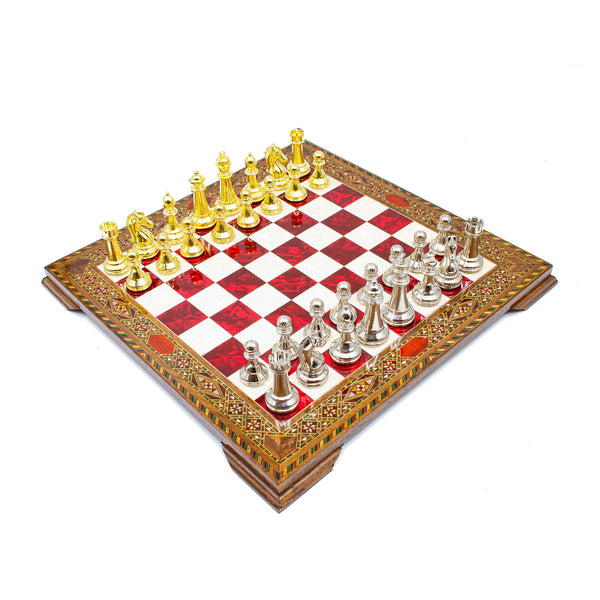
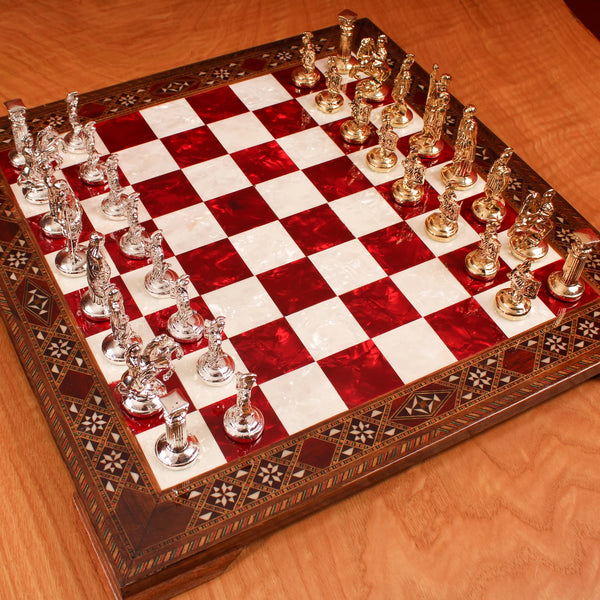
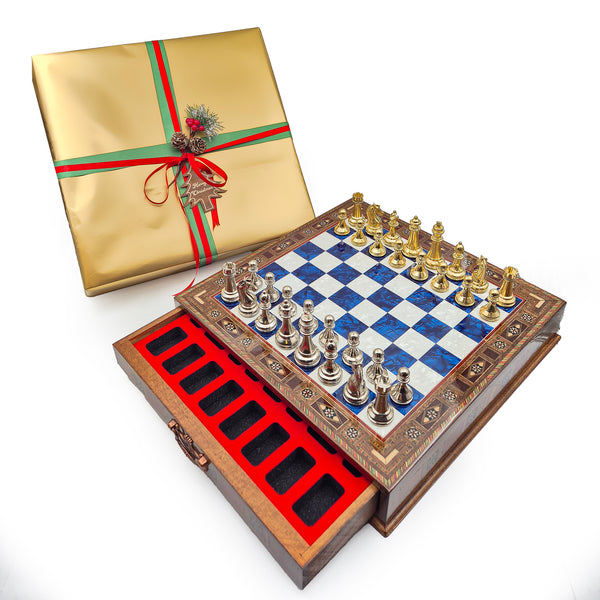
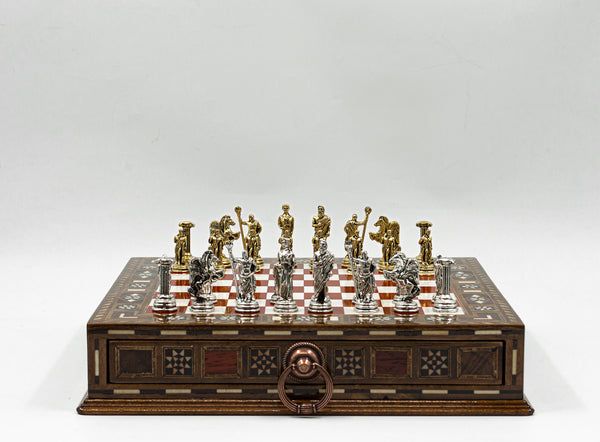
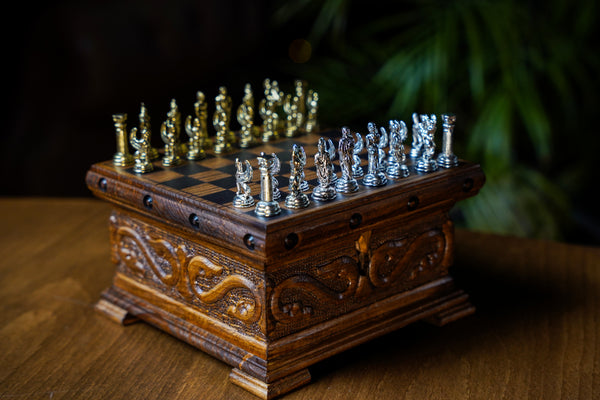
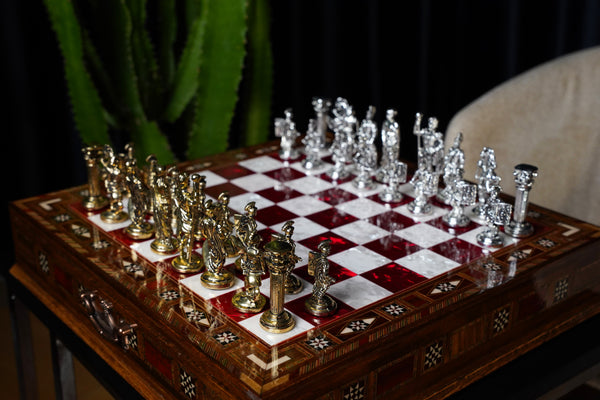







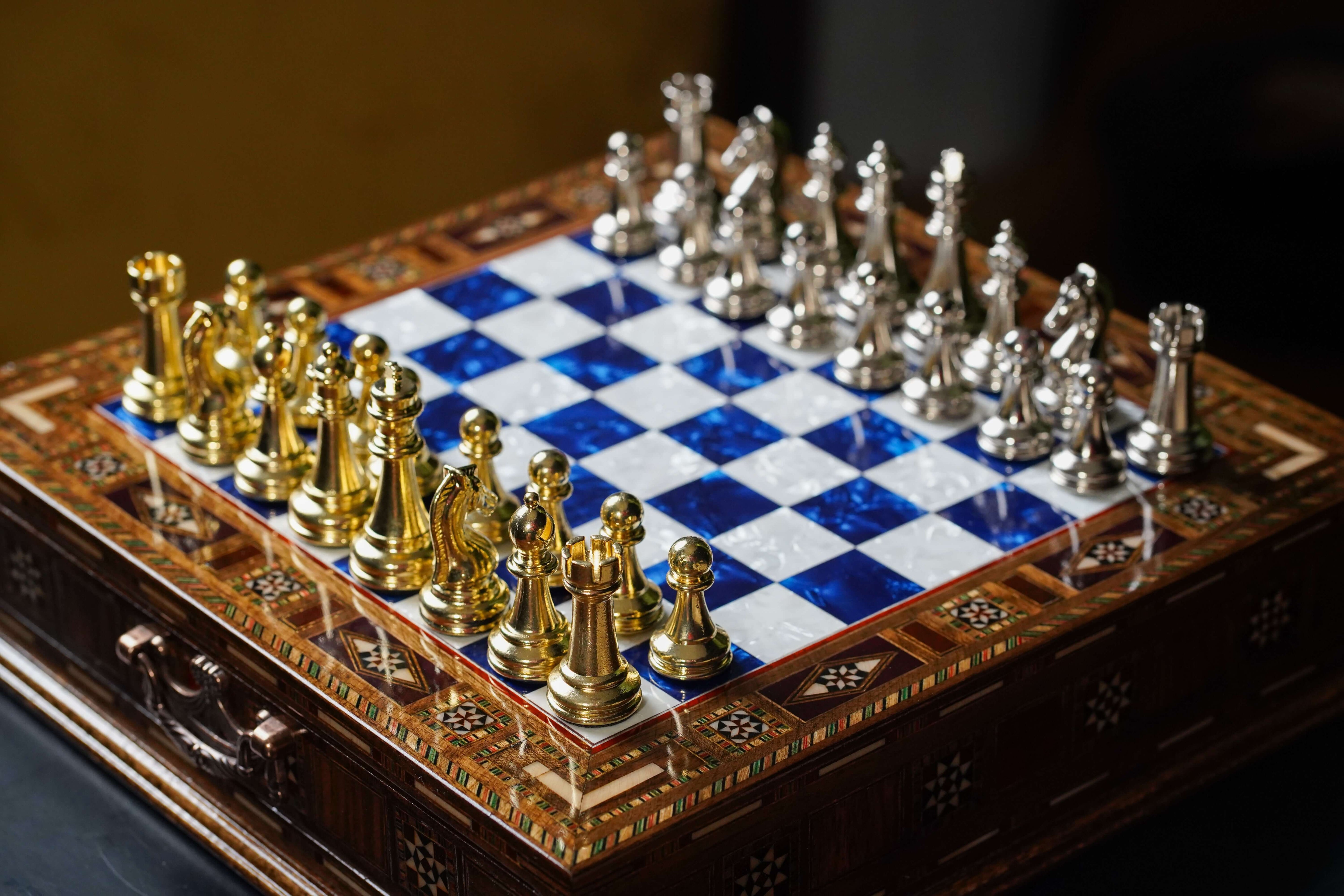
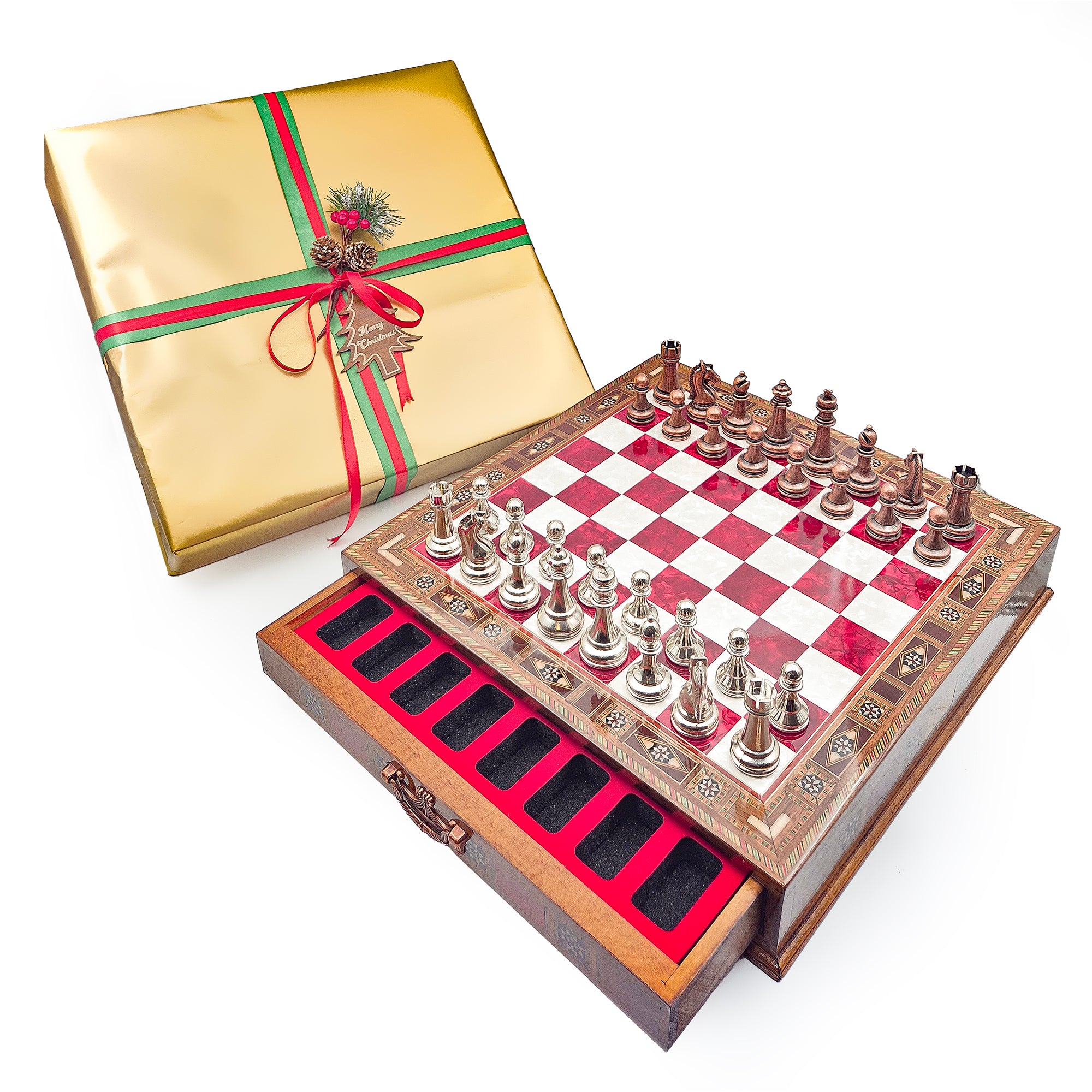
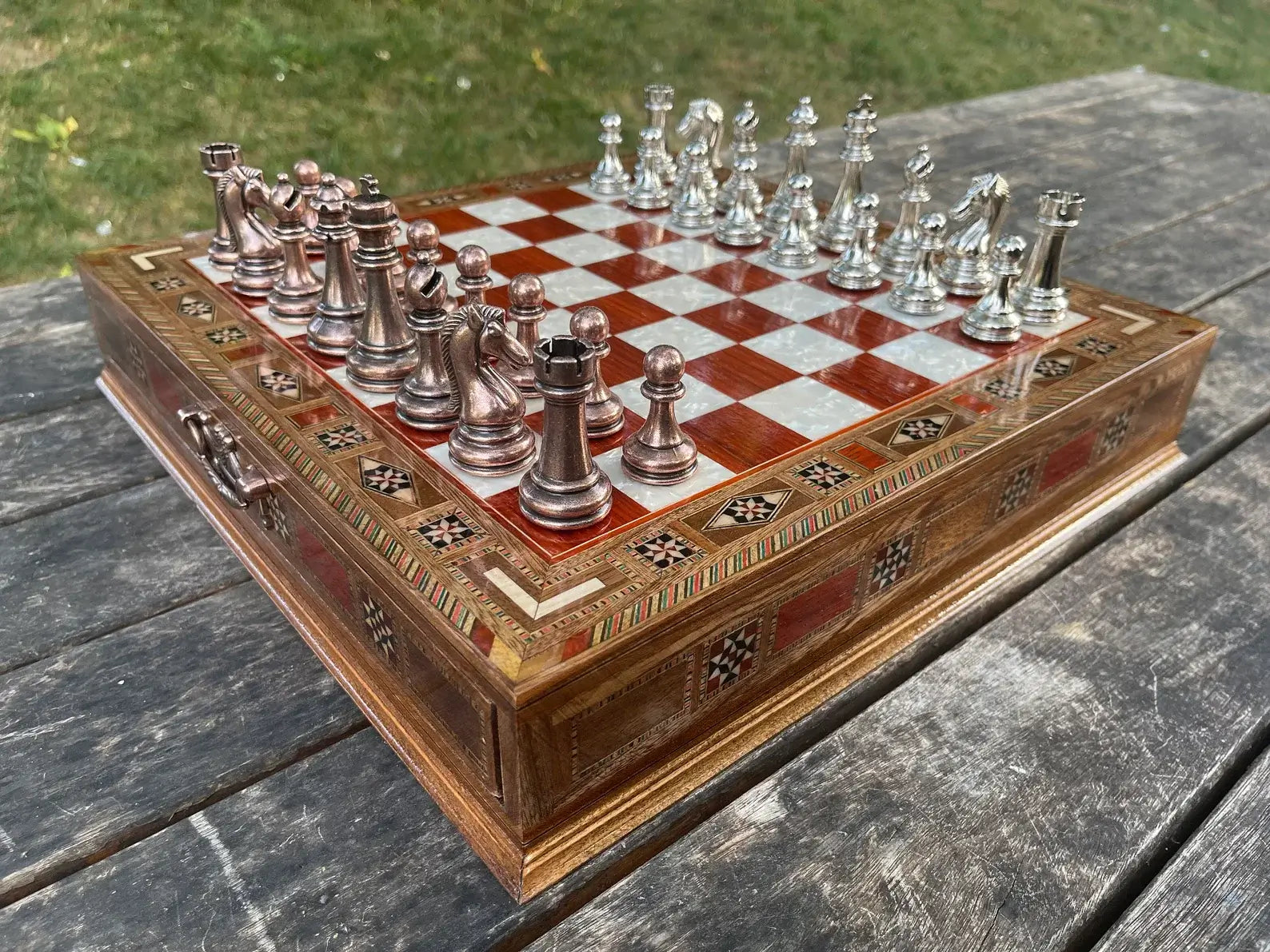
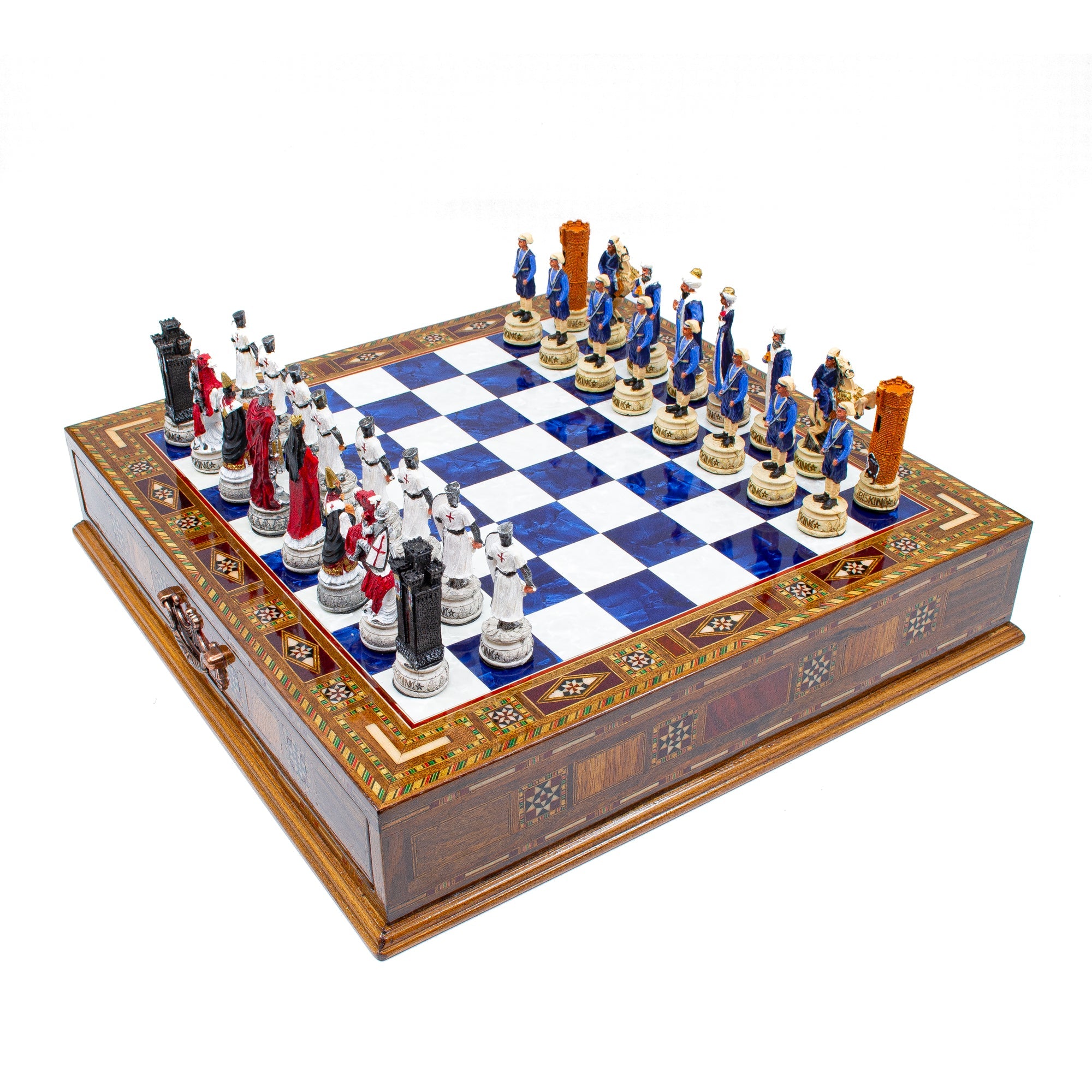
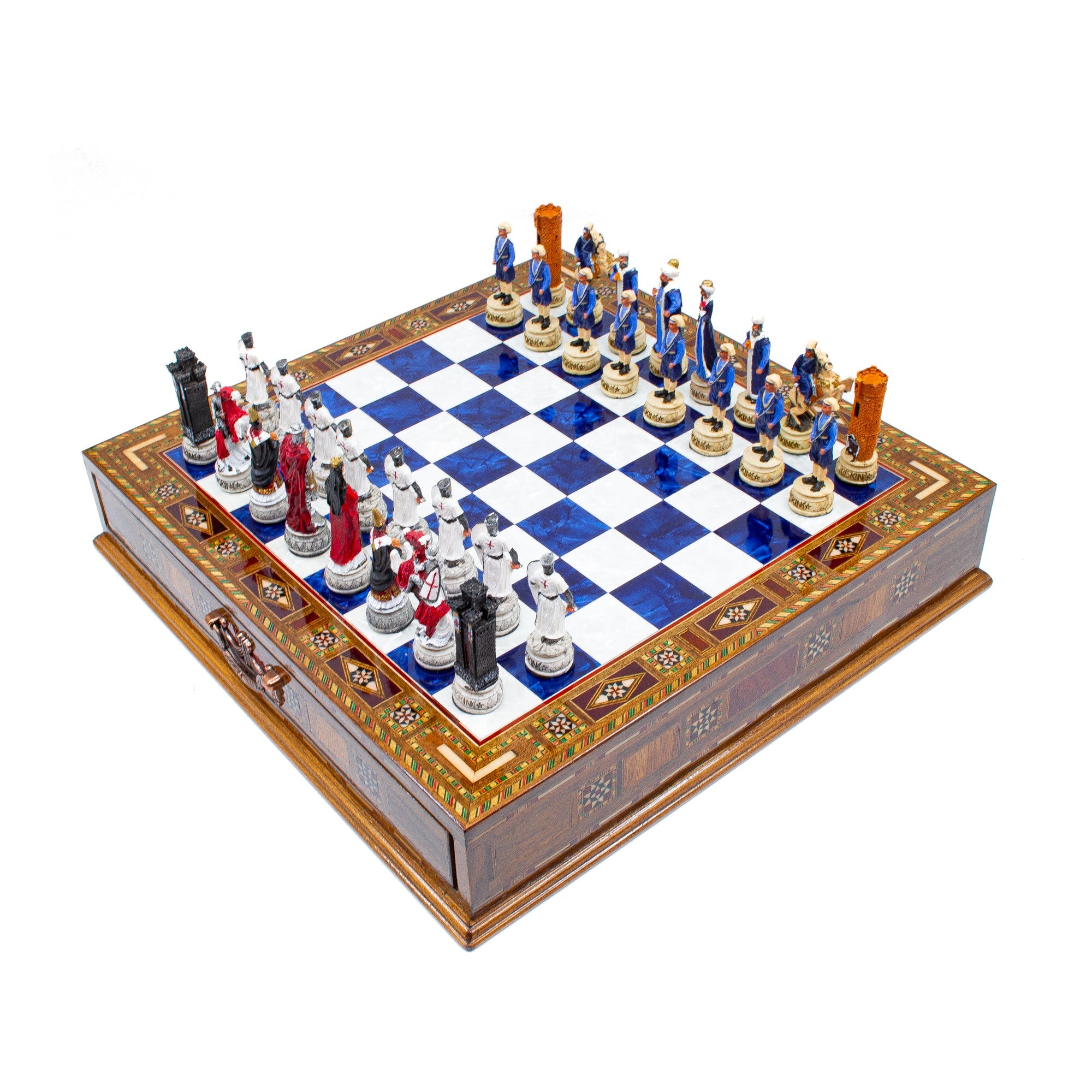
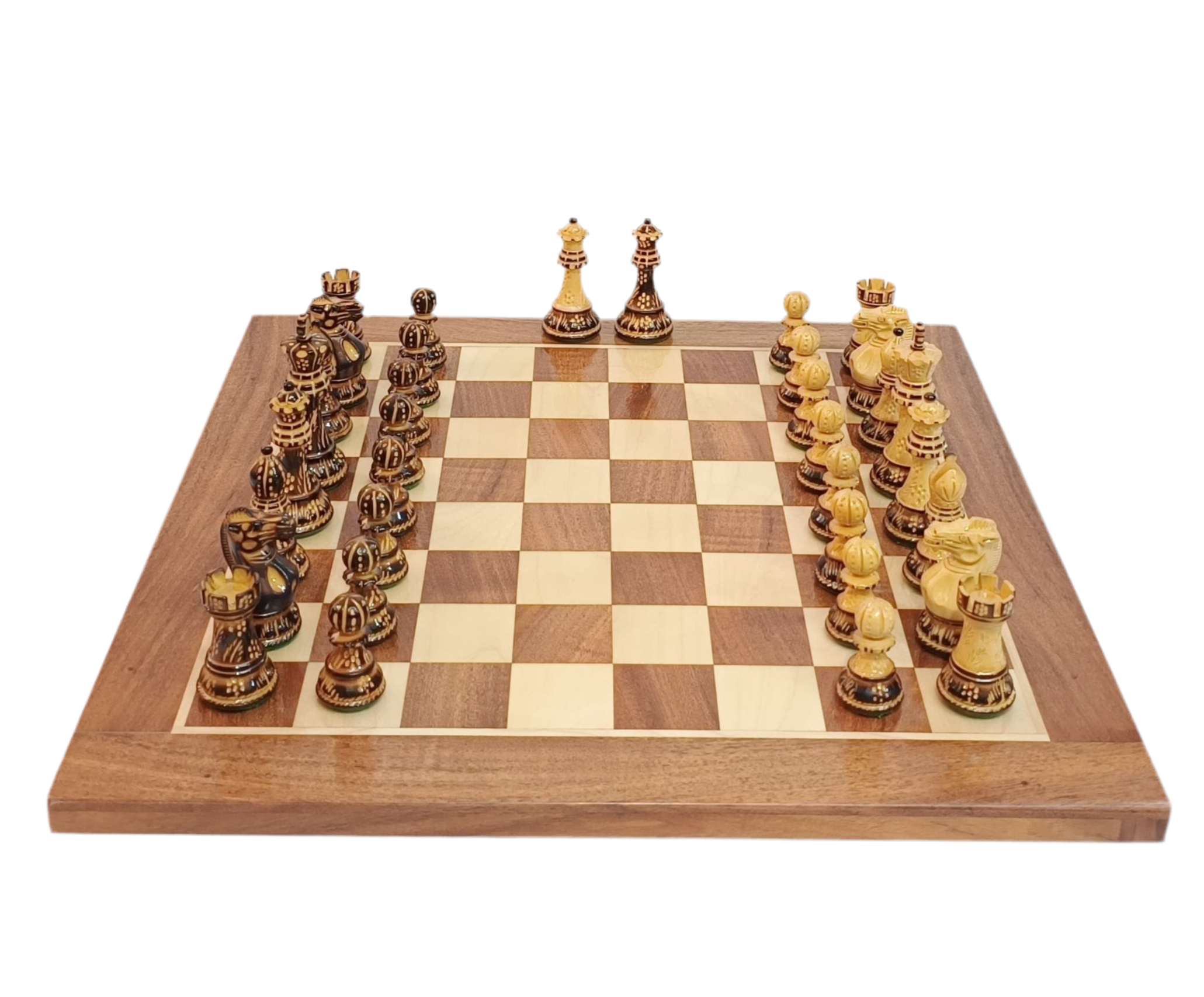
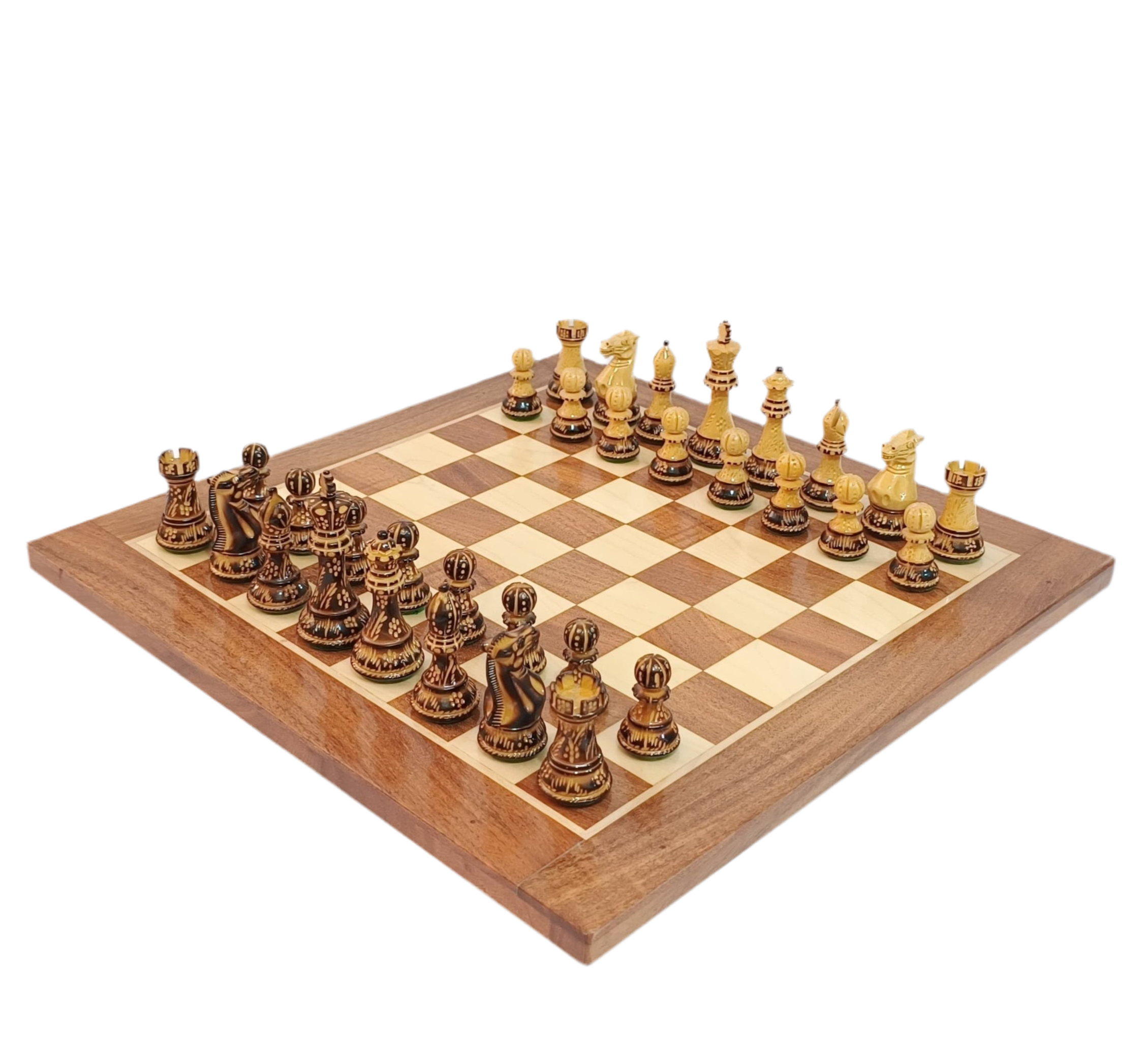
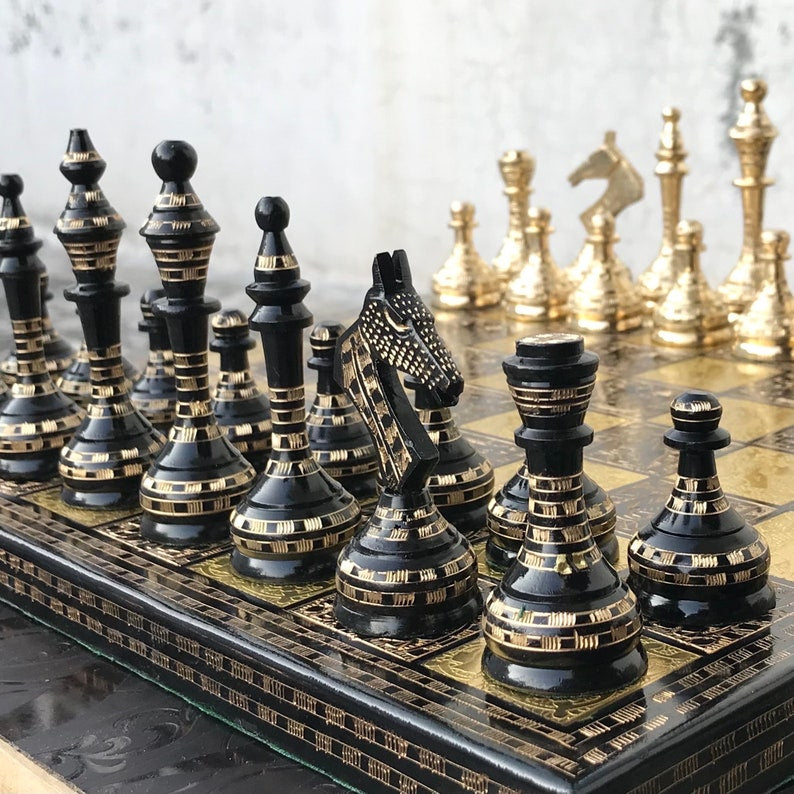
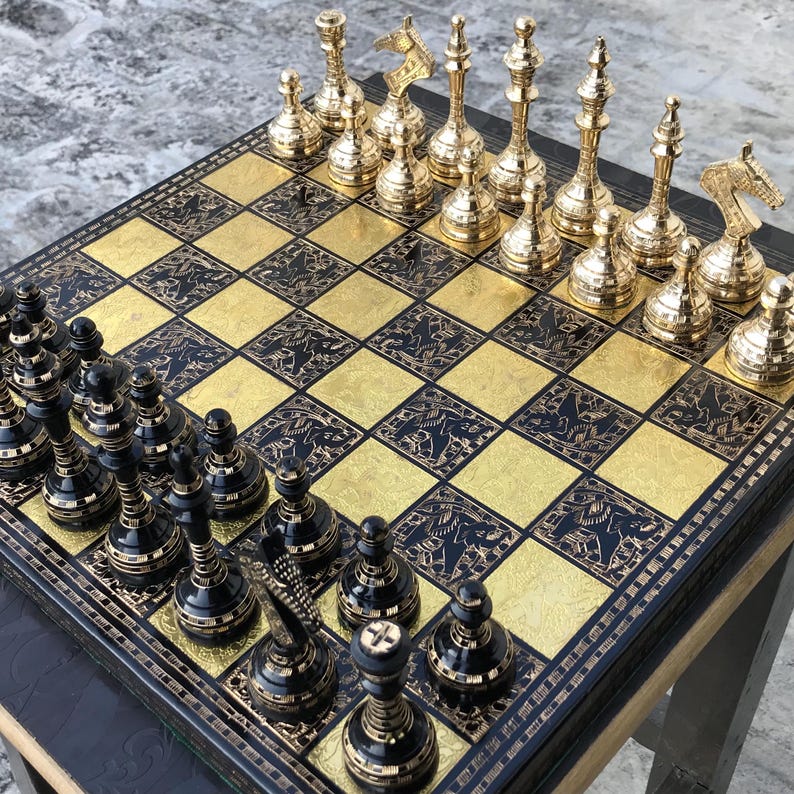
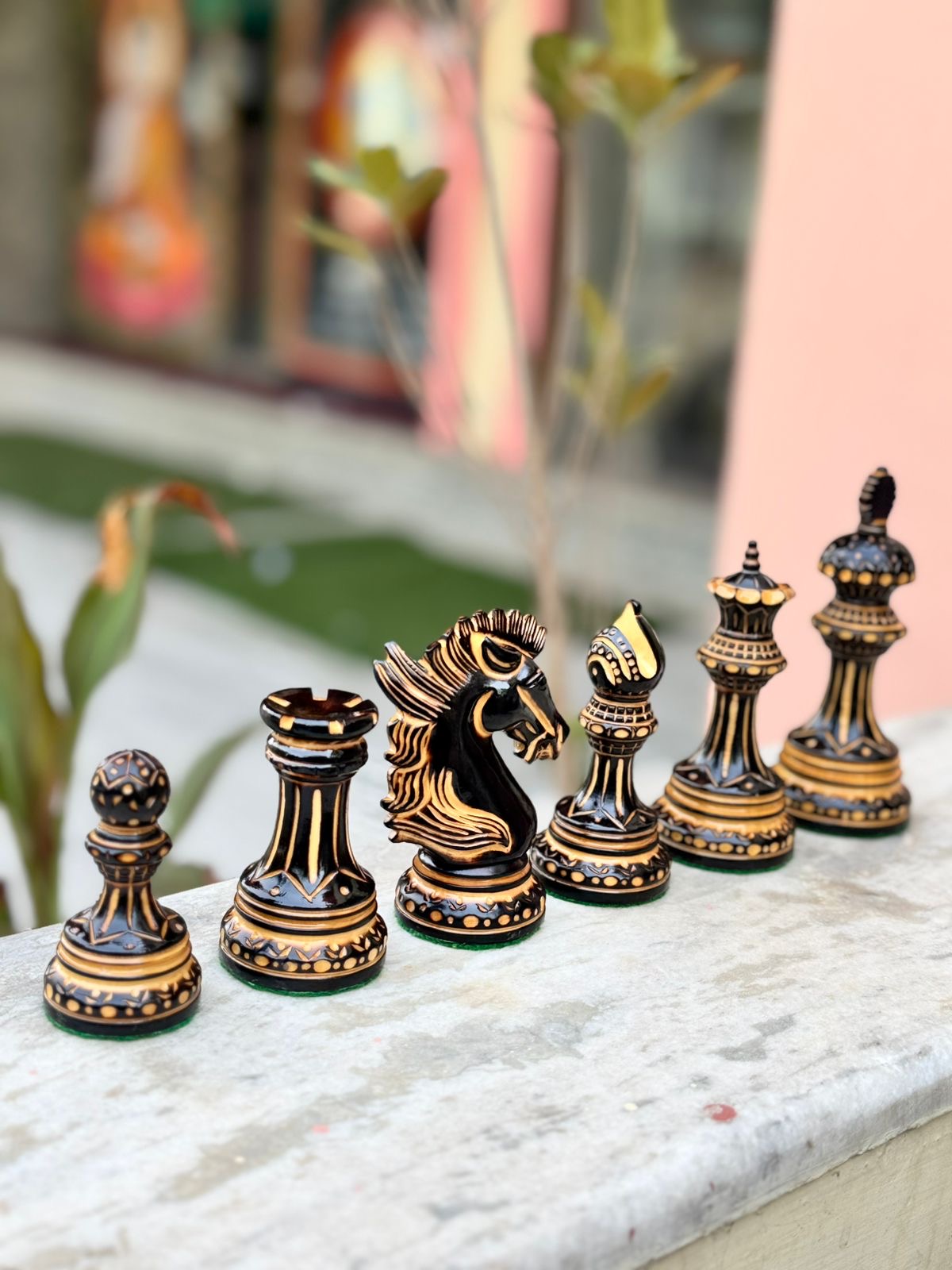

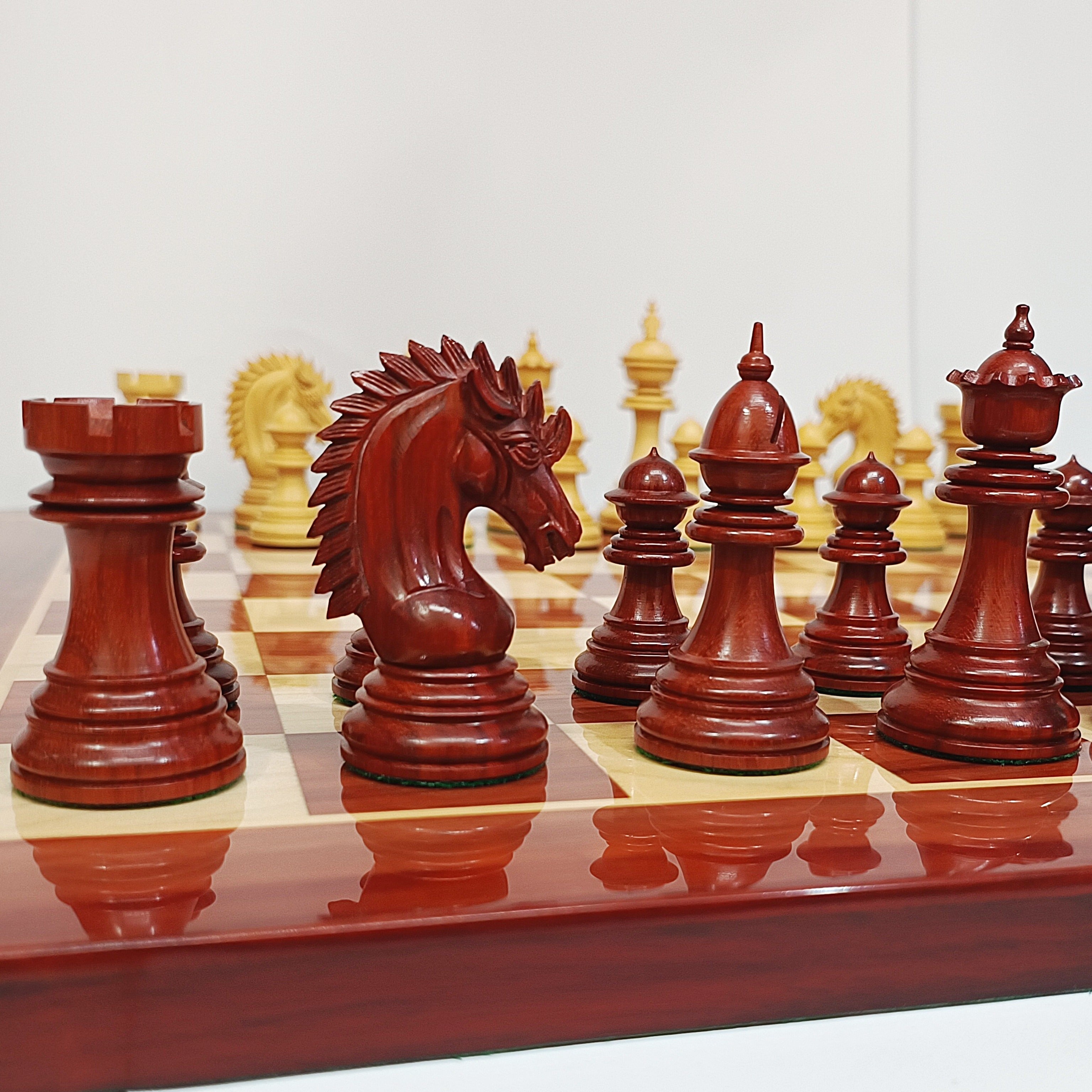
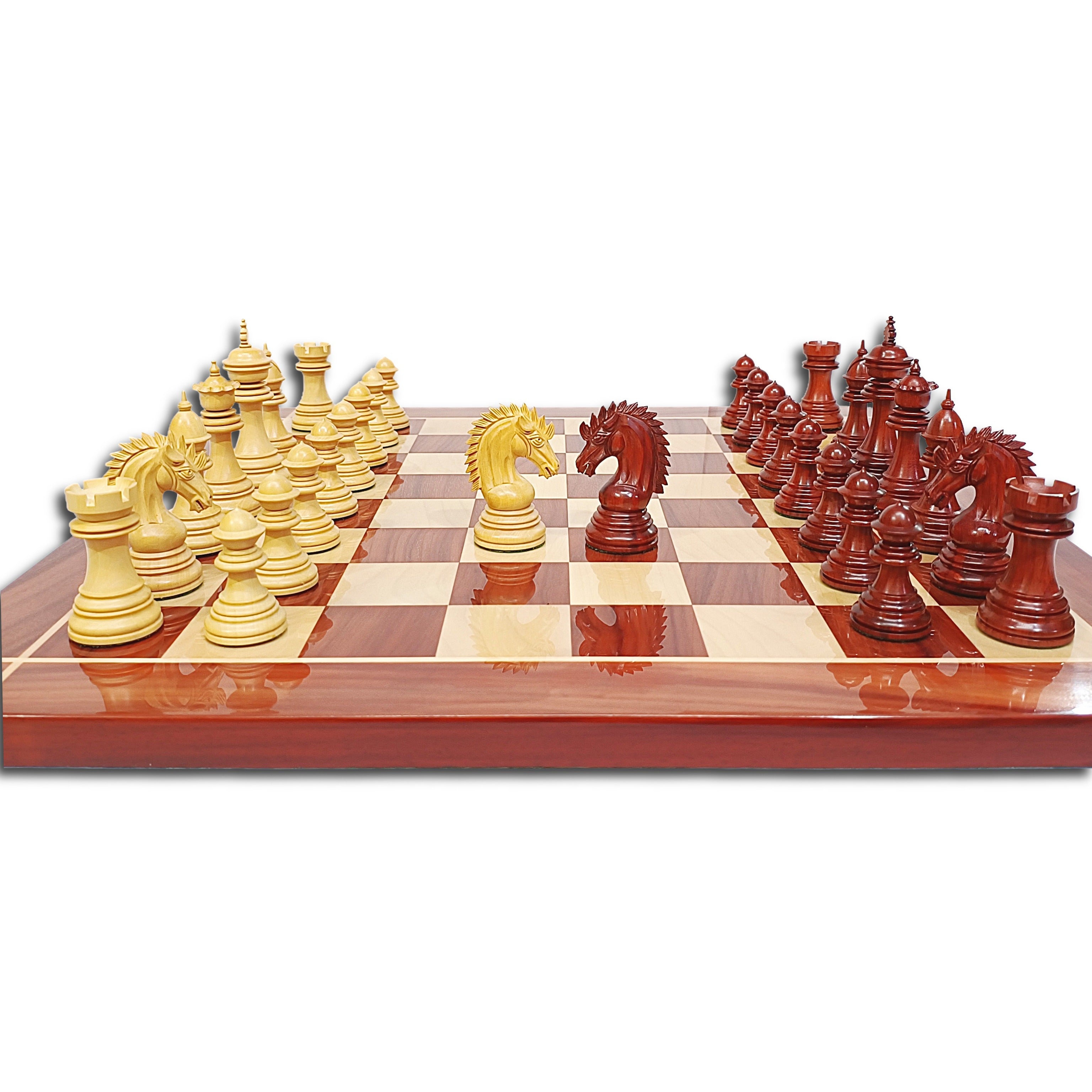

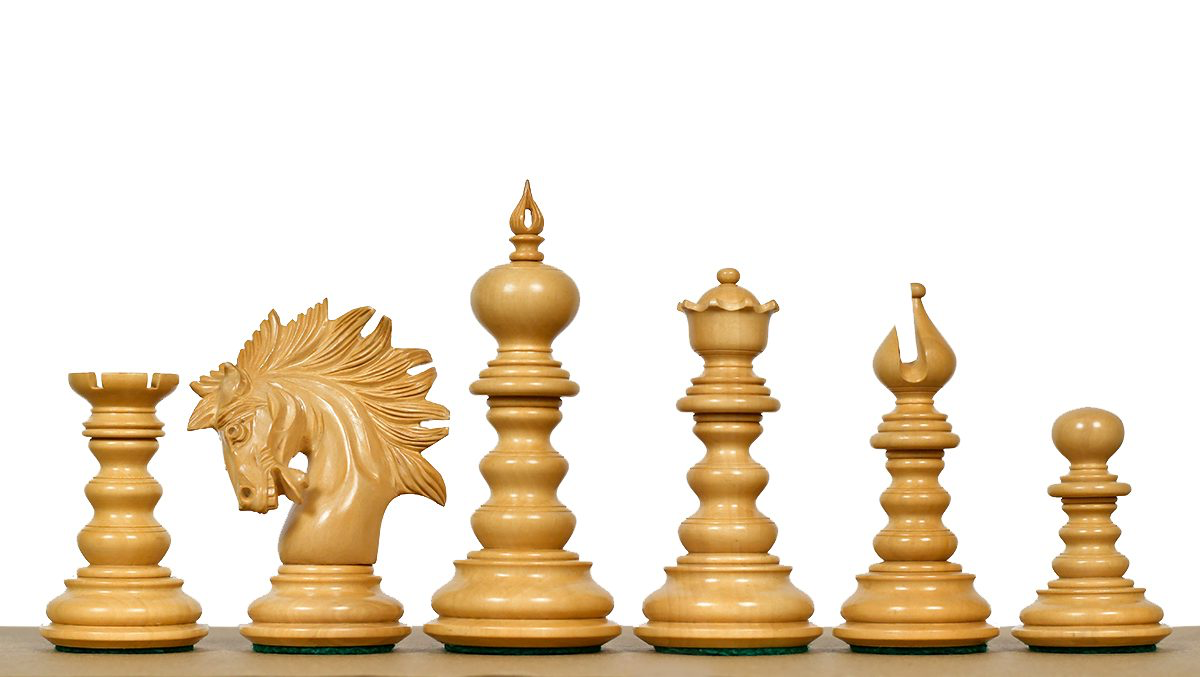
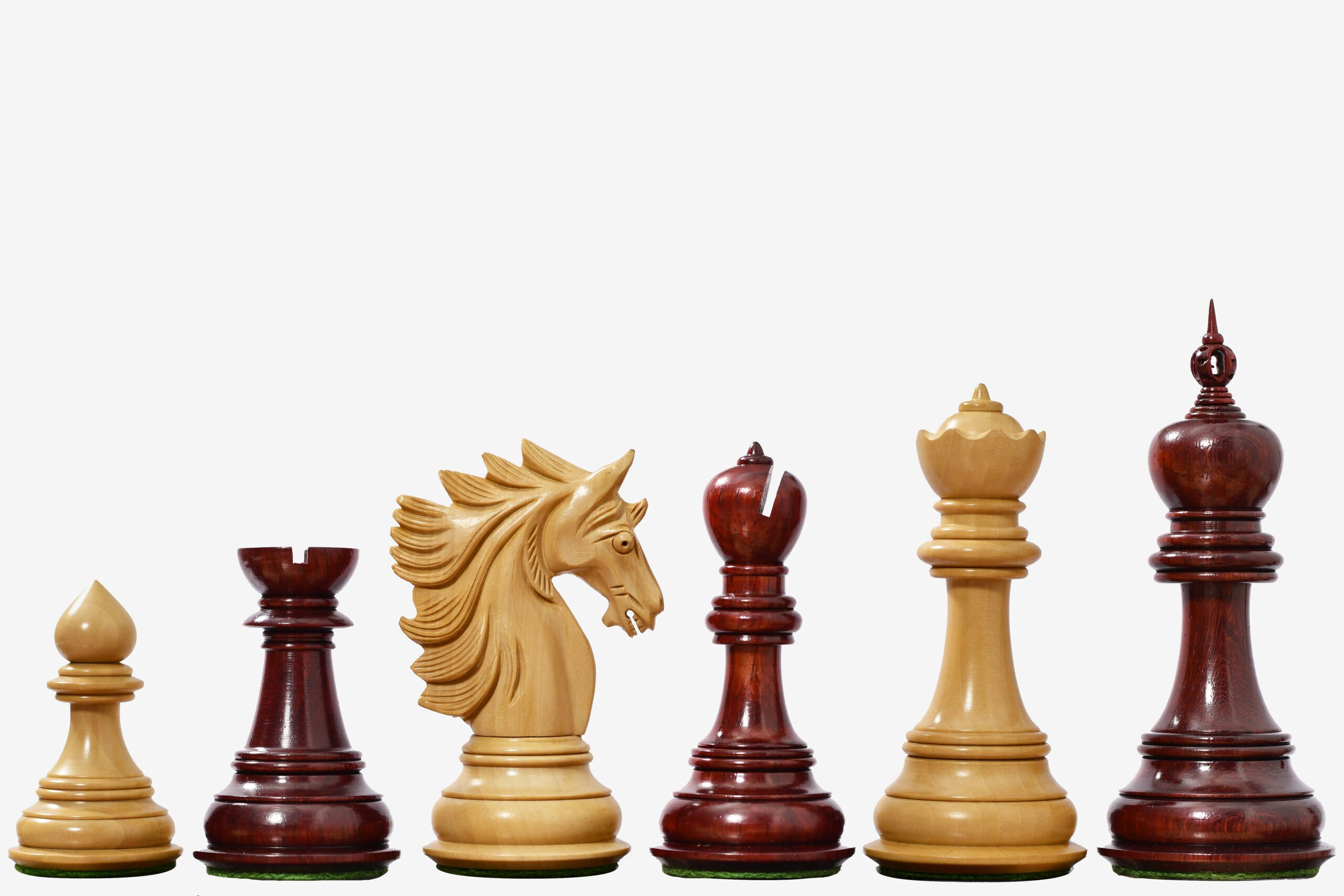
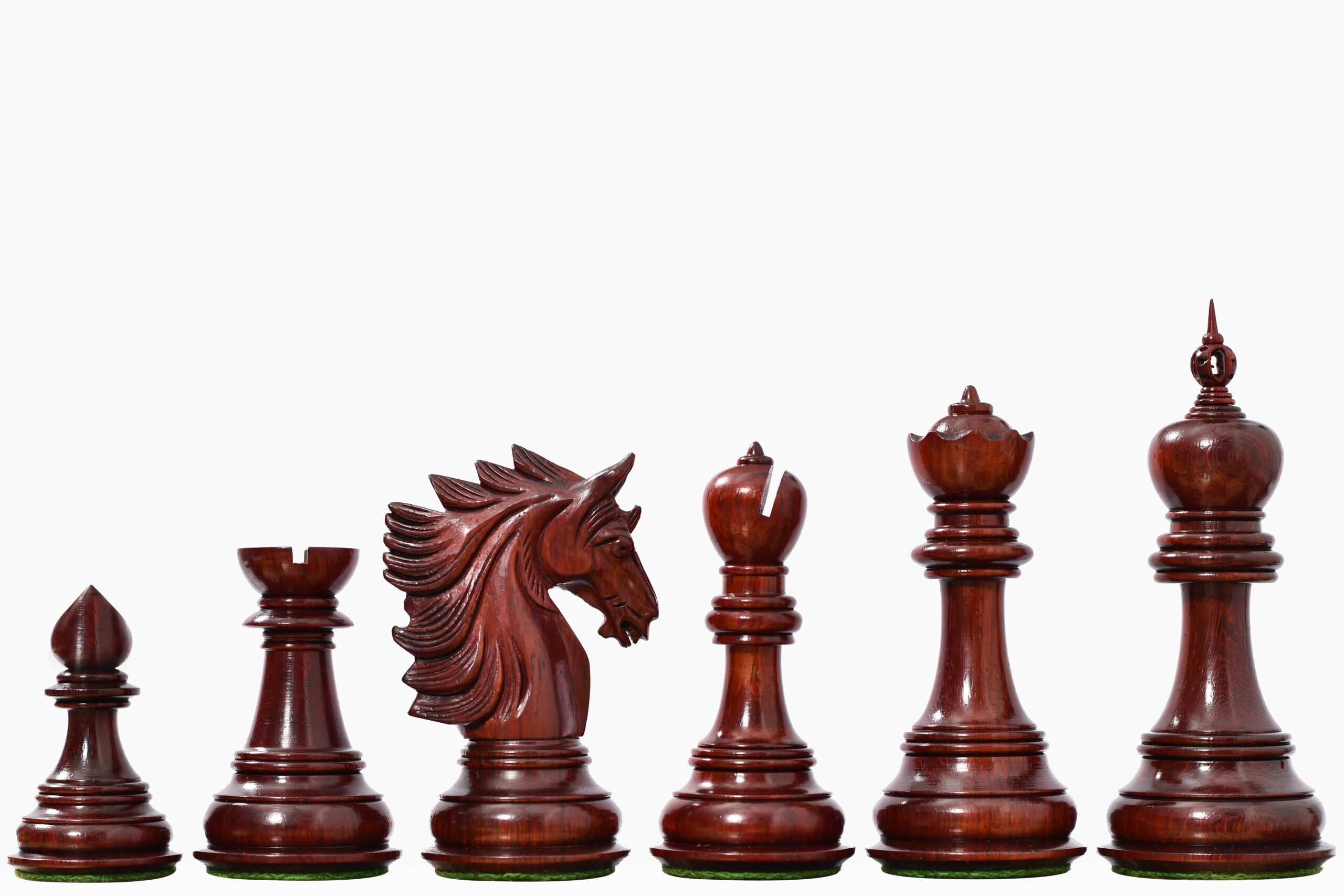
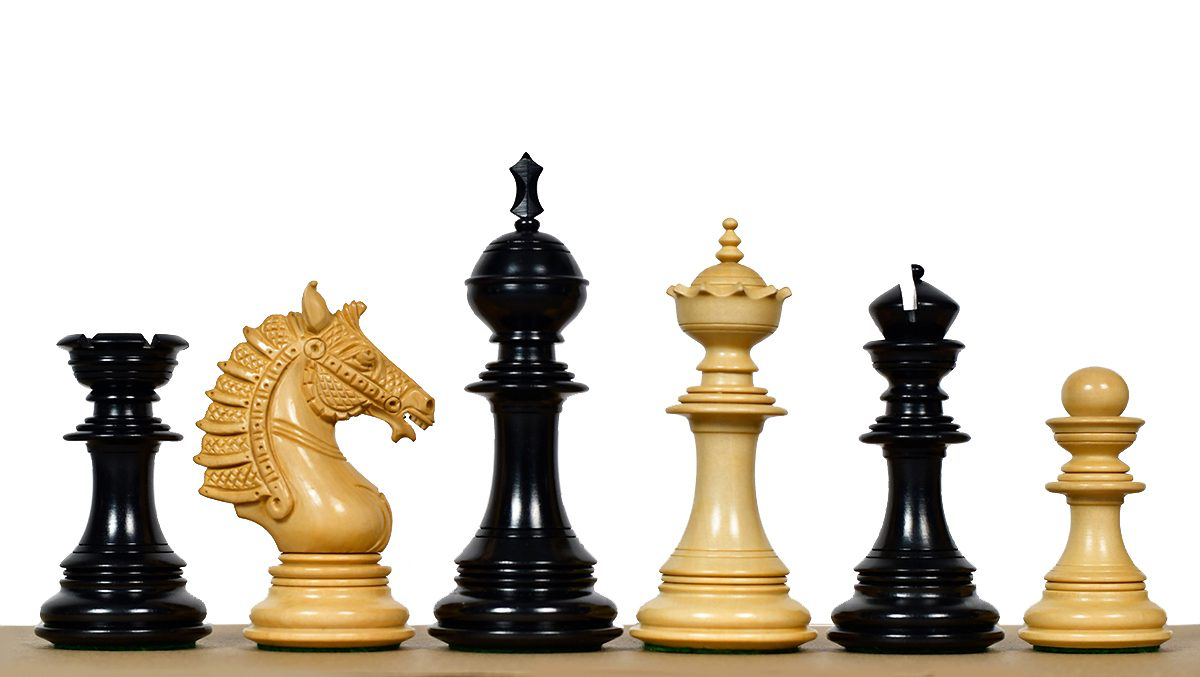
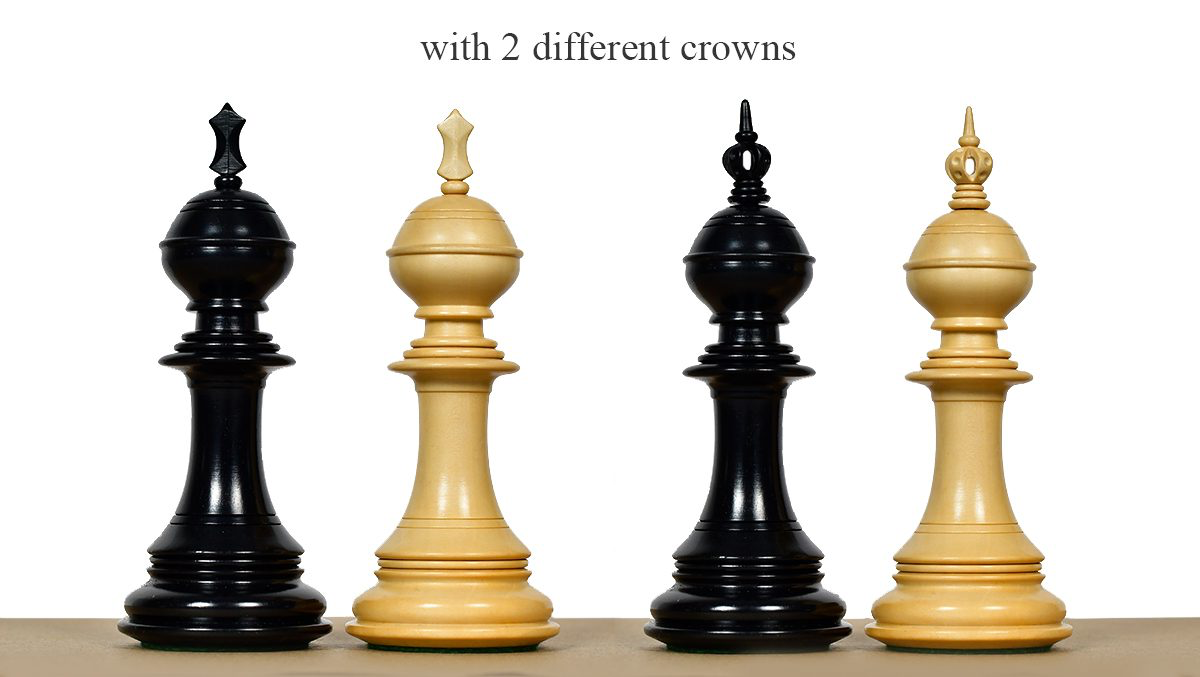
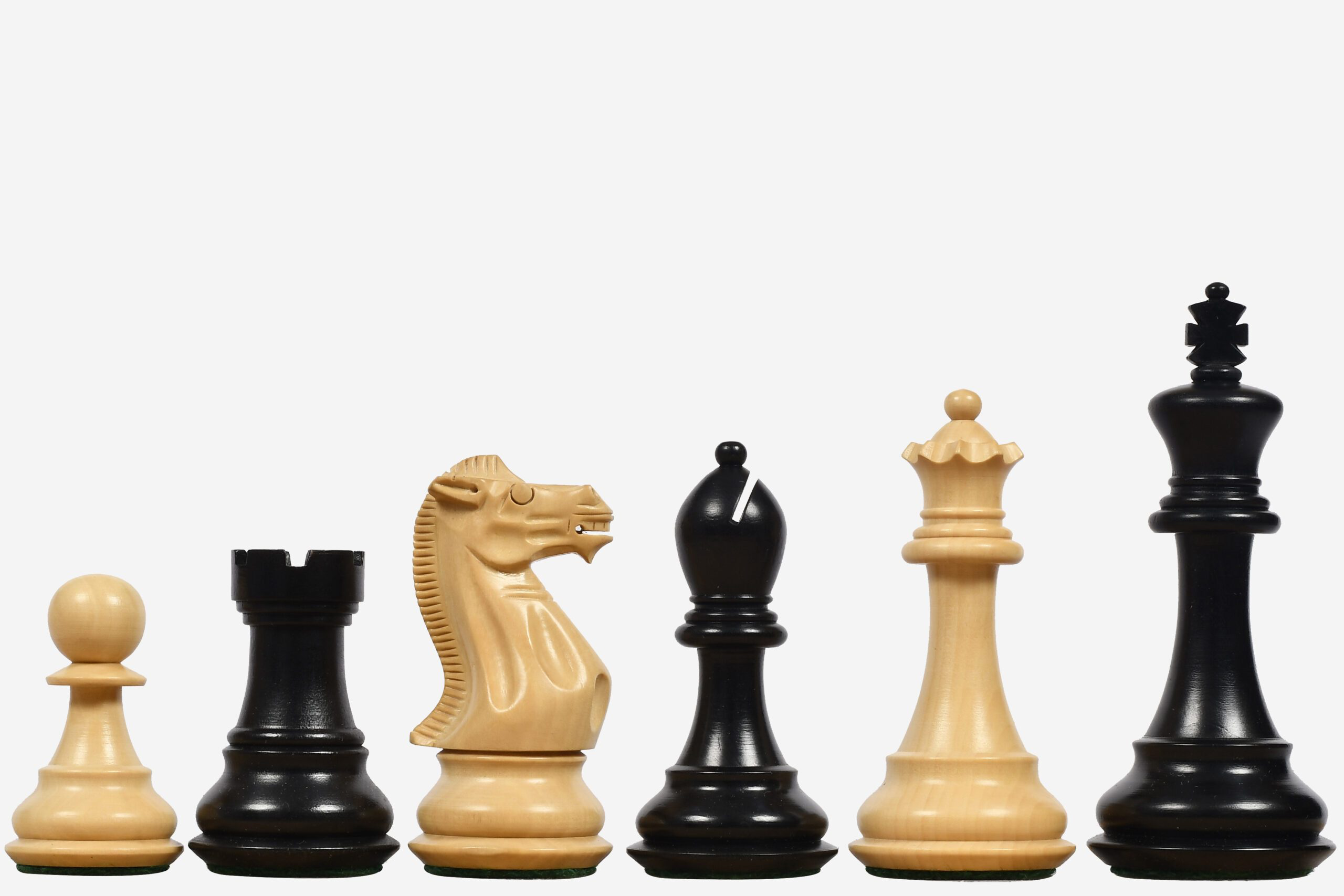
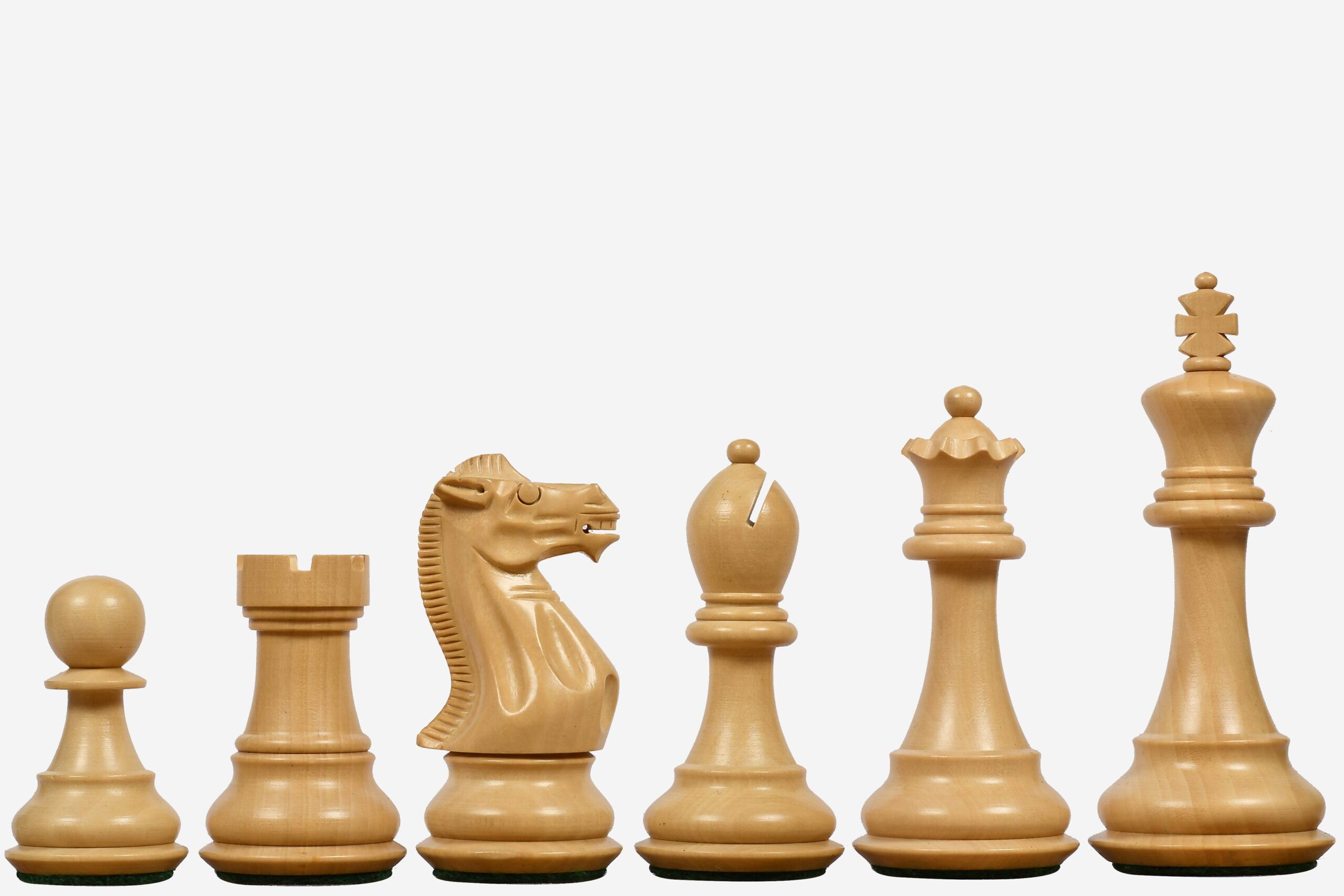
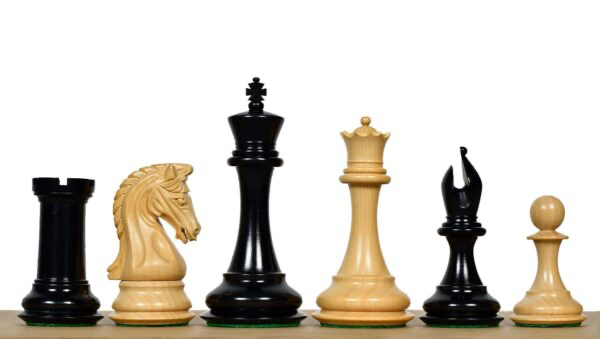
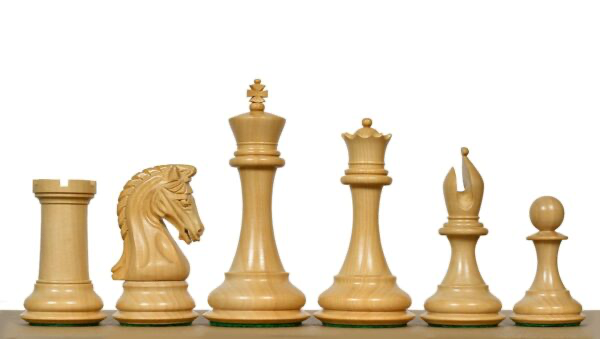
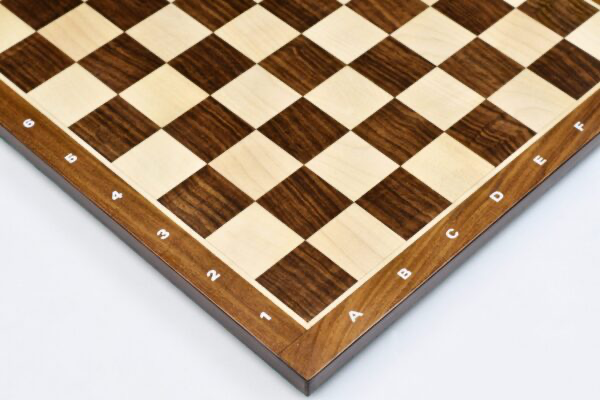
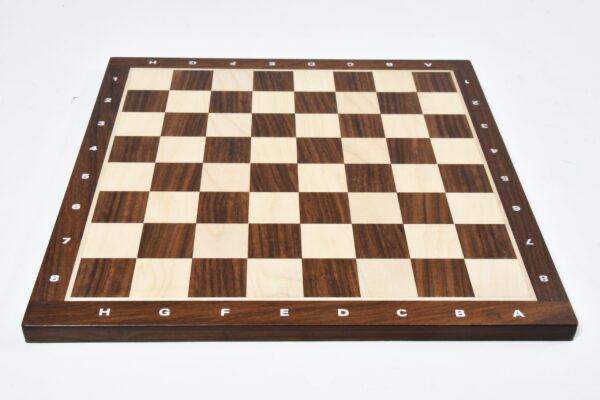
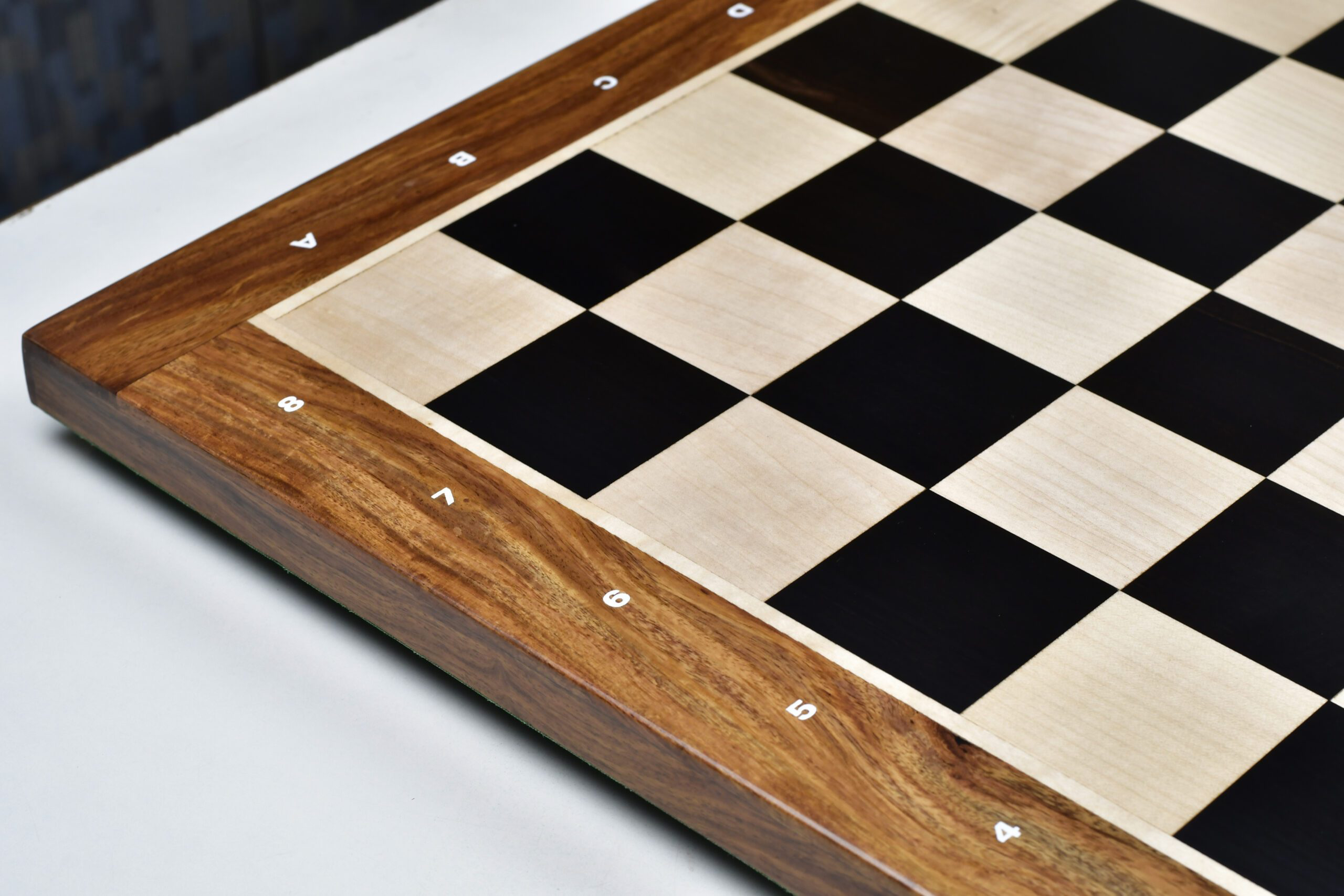
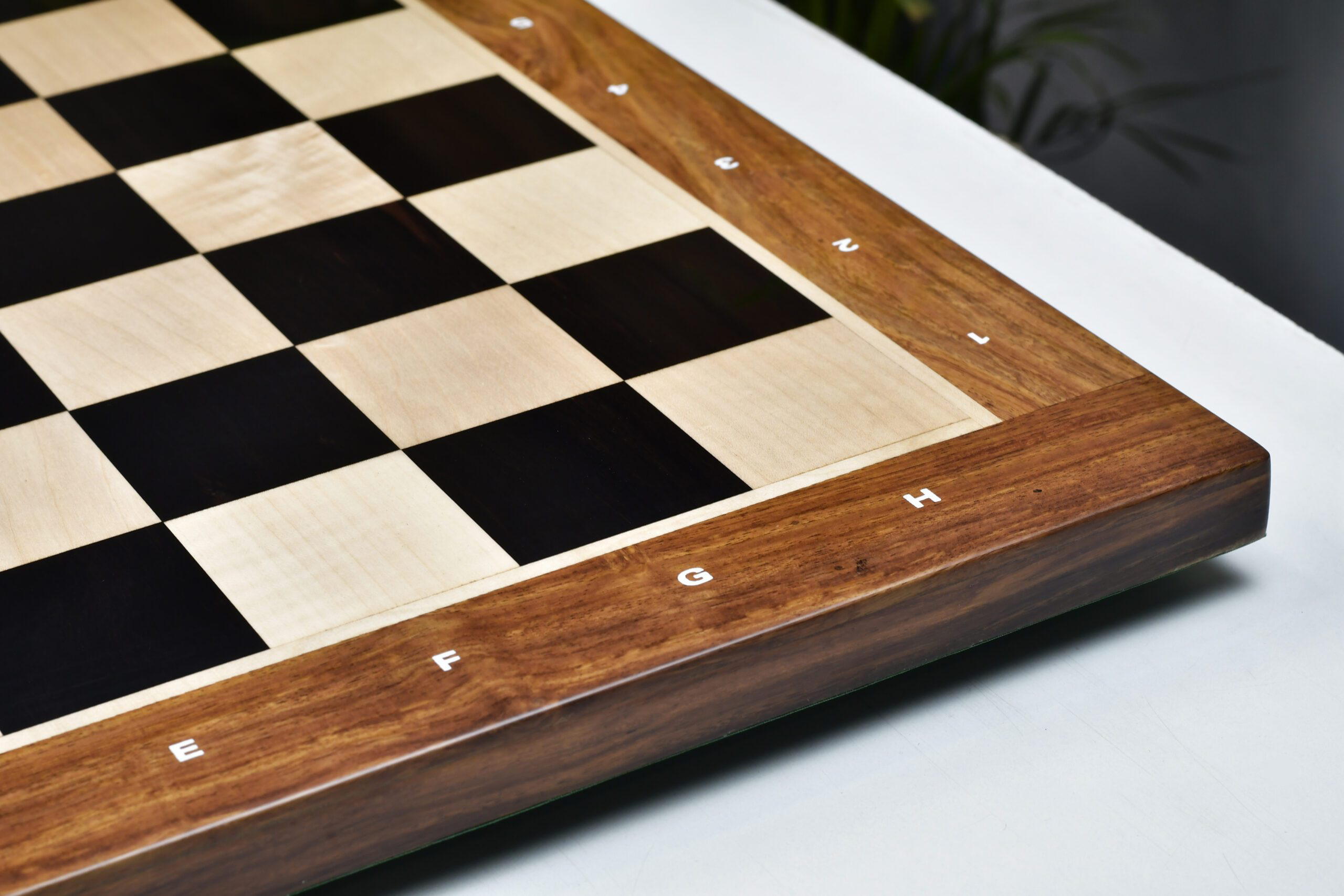


Leave a comment
All comments are moderated before being published.
This site is protected by hCaptcha and the hCaptcha Privacy Policy and Terms of Service apply.